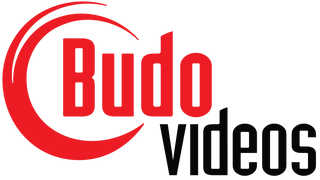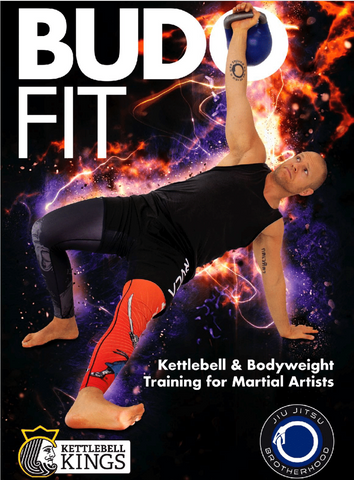Nic Gregoriades is a well-known Jiu-Jitsu instructor with the unique title of being Roger Gracie's first black belt. Since Nic just came out with a new fitness instructional called BudoFit, I wanted to ask him a few questions about fitness related to jiu-jitsu and longevity.
Jake: You’ve had a long history in jiu-jitsu. It’s natural as we mature that the way we roll and practice changes. Some people become more efficient with their movements, some limit their rolling. How is your jiu-jitsu practice now compared to years past?
Nic: As I approach 40, I have definitely changed the way I approach my training. At this point, it's generally about training less, but ensuring that the sessions I do are of a higher quality. I only spar twice per week, and even then I limit myself to no more than 4-5 rounds each time. And during those rounds I'm being very specific about what I'm trying to improve - I'm not usually just rolling randomly.
I also do a couple of conditioning training sessions each week, primarily to maintain muscle mass, build strength and improve my anaerobic capacity. Because I don't want size and strength at the cost of mobility, I choose exercises that mimic natural movement patterns and that counter the specific imbalances and tightness that Jiu Jitsu causes. That's why the animal movements and the kettlebell lifts form a big part of these workouts.
Finally, I try to do at least 2 yoga sessions each week too, just to lengthen the muscles and to stay limber and balanced.

Jake: Your routine sounds very smart. I too think the addition of Yoga into a a weekly routine is a must. What advice would you give to the 20 year old who is rolling hard 5 days a week?
Nic: It's a tough one, because at 20 your body still has enormous capacity to recover, even from a poorly designed routine or overtraining - basically anything you do will work! But the thing is that it always catches up with you, especially when you get to around 30. So I would suggest that at 20, you get in the habit of doing intelligent strength training (to prevent injuries) and doing functional mobility work often. It's much easier to stay mobile and limber than it is to regain lost mobility. And pay attention that you don't go into overtraining territory too often. The easiest way to tell if you're overtraining is that your reflexes slow down and your timing gets crappy. When that happens, it's wise to take a week or two off to refresh yourself both mentally and physically.

Jake: That’s great advice Nic. So what's the idea behind your new instructional - BudoFit?
Nic: When I started training in Jiu Jitsu and Submission Grappling 20 years ago, I was hugely influenced by the quote "I'd rather fight a great fighter in mediocre shape than a mediocre fighter in great shape."
I instinctively understood that the better shape I was in, the better I would perform on the Jiu Jitsu mat. So I set out to learn the best conditioning methods and learn from the best specialists I could find.
BudoFit is the distillation of the three best training methods I found on my journey - Kettlebells, Calisthenics and Animal / Natural Gymnastic Movements. I took my favorite movements from all of these and put them into safe, effective full-body workouts which were designed specifically for martial artists.
Jake: Awesome, I can't wait to check it out. Ok, last question, what’s one of your best memories or lessons from your time training under Roger Gracie?
Nic: I have many, but perhaps the one that stands out is the time he tapped me 10 times in a 6 minute round! Nobody before or since has been able to dominate me so effortlessly! It was equal parts embarrassing and inspiring ;)
Jake: Haha, well we've all been there at one time or another. Although perhaps Roger hasn't been there since he was a teenager!



0 comments